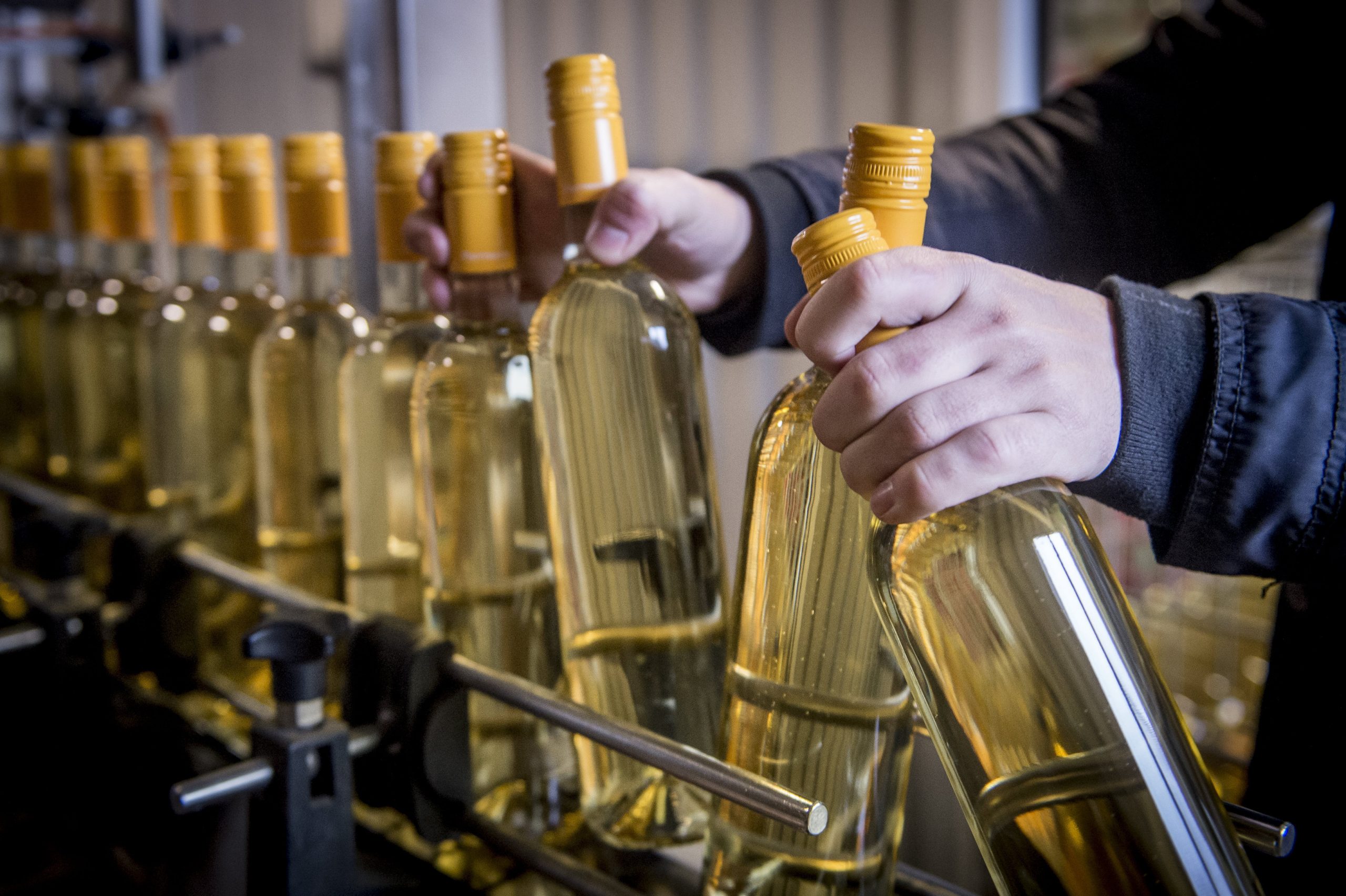
Aspects such as wine consumption and production, the number of vineyards and wine tours, and the average price of a bottle of wine were taken into account.Continue reading

The adulteration of wines by dilution and addition of sugar is not uncommon. There is a great need for methods to verify the origin and quality of wines as easily, quickly, and efficiently as possible. Researchers at the Hungarian University of Agricultural and Life Sciences (MATE) and the University of Salerno have succeeded for the first time in detecting wine adulteration by measuring the propagation of laser light. This is according to a study published in the journal Processes. The new technology is unique in that it can help detect adulteration in white and red wines, as well as in very small manipulations, so further development of the method will greatly facilitate the work of inspectors.
This article was originally published on our sister-site, Ungarn Heute.
So far, the laser technology has been used mainly in the ripeness control of fruit or in the production of yogurt, it has now been shown that it is also suitable for the testing of transparent liquids, i.e. for the quality control of wine. The experiments were based on the study of aszú adulteration using an electronic language by János Soós, a Ph.D. student in the Department of Viticulture and Enology.
“In the laboratory experiments, we added water and sugar, or a combination thereof, to Portugieser from Szekszárd and Sauvignon Blanc from Etyek-Buda, mimicking the most common forms of wine adulteration. We then used near-infrared spectroscopy and laser light scattering to detect the presence of adulterants in the samples,” said Anita Hencz, lead author of the study and an MSc student in the joint training program between MATE and the University of Salerno.
The new finding is based on the fact that the ingredients of wine have their own fingerprints in the infrared range of light. The researchers have found a signature in these imprints that can help detect adulteration in all types of wine.
Sources: Hungarian University of Agricultural and Life Sciences, Agrárszektor
Featured image: Wine bottling at Frittmann Winery in Soltvadkert on November 25, 2020. The European Commission has approved a protected designation of origin (PDO, Original Equipment Manufacturer) for Soltvadkert wines. Photo by Sándor Ujvári/MTI